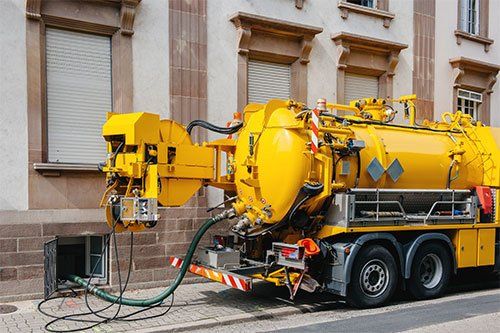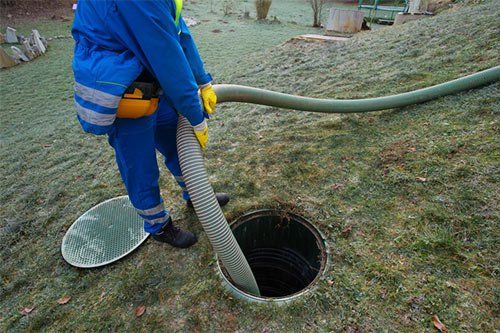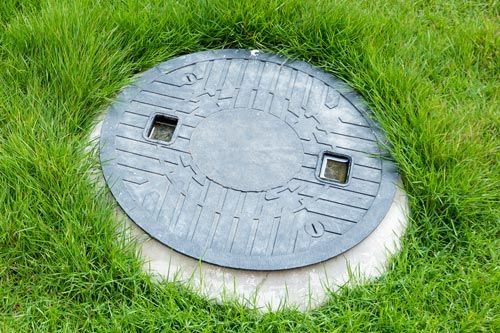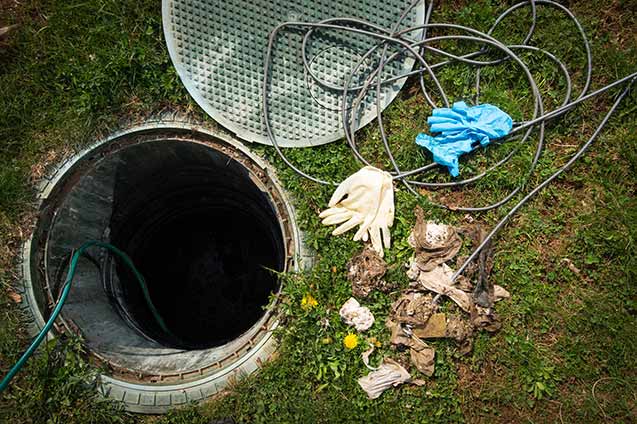Why There? Why Tree Roots Head for Your Sewer Line
- By Admin
- •
- 27 Jun, 2018
- •
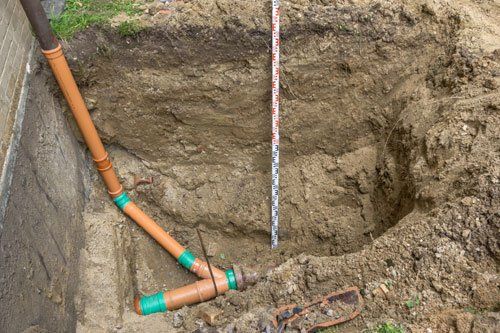
Tree roots are a common cause of clogged sewer lines, leading to sewage backups in your home. These clogs are insidious because they seem to happen without warning. That's not quite true, though — often there are warning signs. Learn why this happens so you can recognize the problem and request sewer line repairs as soon as possible
Sewer Leaks Equal Tree Food
Sewage is not something humans want to be around, but trees love it. A sewage line carries organic matter and water, two materials that tree roots consider food. There's a reason human waste used to be used as fertilizer — it's highly nutritious for plants.
Tree roots don't grow randomly around your yard, looking for sewage lines. Two different scenarios allow roots to find the line. One is that the line springs a leak that lets sewage and water seep into the surrounding soil. Nearby tree roots get a taste of this. The roots then grow toward the food source, and they enter the crack in the pipe.
As those roots grow larger and more numerous, they fill the pipe and create a clog. Roots that have been growing into a pipe for a long time can fill up the pipe for some distance.
The other situation is when a pipe was just installed and the soil hasn't had a chance to settle yet. This looser soil is easier for roots to travel through, and if the new pipe has a crack in it — even one that isn't sending sewage away from the pipe — the tree roots can zero in on it, enter the crack, and cause problems in your plumbing.
Tree roots don't grow randomly around your yard, looking for sewage lines. Two different scenarios allow roots to find the line. One is that the line springs a leak that lets sewage and water seep into the surrounding soil. Nearby tree roots get a taste of this. The roots then grow toward the food source, and they enter the crack in the pipe.
As those roots grow larger and more numerous, they fill the pipe and create a clog. Roots that have been growing into a pipe for a long time can fill up the pipe for some distance.
The other situation is when a pipe was just installed and the soil hasn't had a chance to settle yet. This looser soil is easier for roots to travel through, and if the new pipe has a crack in it — even one that isn't sending sewage away from the pipe — the tree roots can zero in on it, enter the crack, and cause problems in your plumbing.
Prevention
One of the best ways to prevent tree roots from clogging your lines is to periodically survey your yard around the sewage line. You can call 811 to find out where utility lines are in your yard; follow the sewage line and look at the soil.
See if the grass or nearby plants look a little more lush than the rest of your yard, and look for wet spots when the rest of the yard is dry. If you see those signs, call a plumber who specializes in sewer repair.
Also, survey the trees in your yard. If you moved into a home that had mature trees in the yard, look up the type of tree to see if it is sewage-unfriendly tree. These are trees with spreading, aggressive roots that travel far from the trunk. If you have these, contact an arborist who can install barriers to block the roots from the sewer line.
If you are trying to plant trees, keep those with aggressive, spreading roots far away from the sewer line. If you want to plant trees near the line, look for those with taproots, which are long, vertical roots that don't spread. There are trees that have spreading roots that aren't aggressive, but don't take a chance with those.
See if the grass or nearby plants look a little more lush than the rest of your yard, and look for wet spots when the rest of the yard is dry. If you see those signs, call a plumber who specializes in sewer repair.
Also, survey the trees in your yard. If you moved into a home that had mature trees in the yard, look up the type of tree to see if it is sewage-unfriendly tree. These are trees with spreading, aggressive roots that travel far from the trunk. If you have these, contact an arborist who can install barriers to block the roots from the sewer line.
If you are trying to plant trees, keep those with aggressive, spreading roots far away from the sewer line. If you want to plant trees near the line, look for those with taproots, which are long, vertical roots that don't spread. There are trees that have spreading roots that aren't aggressive, but don't take a chance with those.
Simple Solutions
Sometimes, when a clog is bad, the line has to be dug up, opened and the roots and tree removed. However, you can also sometimes remove the roots without doing major yard surgery, and it is possible to keep the tree, too, in many cases.
In either case, though, you should contact a plumbing or septic service to inspect the tree and how it is affecting your sewer line. Don’t try to do anything on your own without the right experience.
If you have been dealing with a sewer blockage, and you think it might be a tree root mass that's to blame, contact Al's Septic Tank Service. Do not wait! You need that sewer line repaired as quickly as possible to maintain safe housing
In either case, though, you should contact a plumbing or septic service to inspect the tree and how it is affecting your sewer line. Don’t try to do anything on your own without the right experience.
If you have been dealing with a sewer blockage, and you think it might be a tree root mass that's to blame, contact Al's Septic Tank Service. Do not wait! You need that sewer line repaired as quickly as possible to maintain safe housing
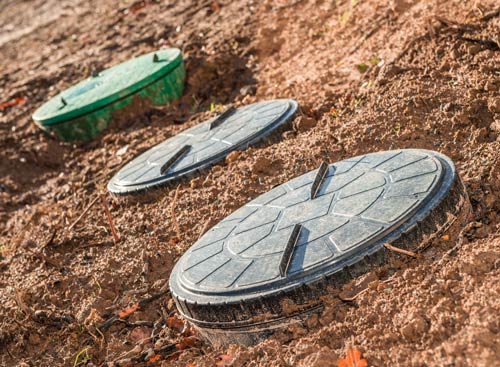
When you think about home maintenance, you probably think about washing the exterior siding, mowing the lawn, and shampooing the carpet. While these tasks are necessary, maintaining a healthy, functional septic system is also important.
Your septic tank is capable of breaking down some waste and debris. However, over time, excess waste and debris may build up faster than the septic system can break it down. This excess buildup can lead to a backed-up tank that can affect your home and yard. Thankfully, pumping your septic tank can improve the system's function. Here are three signs professionalsneed to pump your septic tank.
Your septic tank is capable of breaking down some waste and debris. However, over time, excess waste and debris may build up faster than the septic system can break it down. This excess buildup can lead to a backed-up tank that can affect your home and yard. Thankfully, pumping your septic tank can improve the system's function. Here are three signs professionalsneed to pump your septic tank.

It's estimated the average American uses approximately 88 gallons of water each year. In addition to being expensive, using too much water can have a terrible impact on the environment and your septic system. Using too much water throughout the day for several weeks or months on end can overload your septic system, which can be disastrous.
Here is some important information about water conservation and your septic system – including tips to help you reduce your water usage.
Here is some important information about water conservation and your septic system – including tips to help you reduce your water usage.
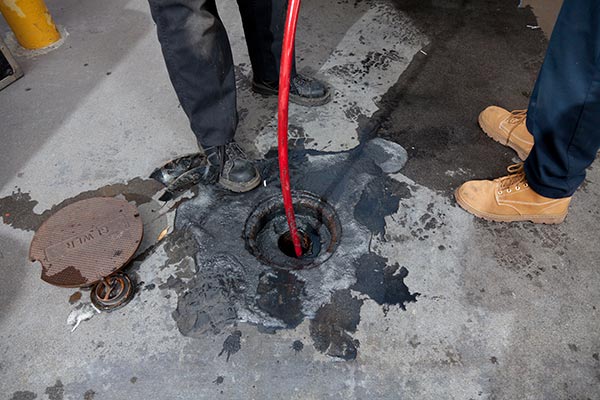
Properly caring for your septic system, which includes having it inspected yearly and pumped on a regular schedule, will ensure that it continues to work smoothly. If you're a new septic system owner, you might not be aware of the common mistakes that can cause your septic tank to backup, overflow, or completely fail.
Here are four of the most common septic system owner mistakes that you need to avoid.
Here are four of the most common septic system owner mistakes that you need to avoid.

Blogging is all about content and how you present it to the viewer. The content needs to be accurate (both the language and the information), to the point (Give people what they want) and useful for the reader ("I wanted to know about iPhone 6, not the history of Apple").
Here are some guidelines for writing a professional post:
Here are some guidelines for writing a professional post:

Welcome to your new blog!
Use the blog to tell a story, share information and knowledge, help your customers and drive traffic to your site. Your work on the blog will advance your site in search engines and bring new visitors who find your input useful.
A blog is based on posts (just like this one). Posts are the building blocks of the blog. All blog elements take their content dynamically from the posts you create.
The blog elements include:
Use the blog to tell a story, share information and knowledge, help your customers and drive traffic to your site. Your work on the blog will advance your site in search engines and bring new visitors who find your input useful.
A blog is based on posts (just like this one). Posts are the building blocks of the blog. All blog elements take their content dynamically from the posts you create.
The blog elements include:

